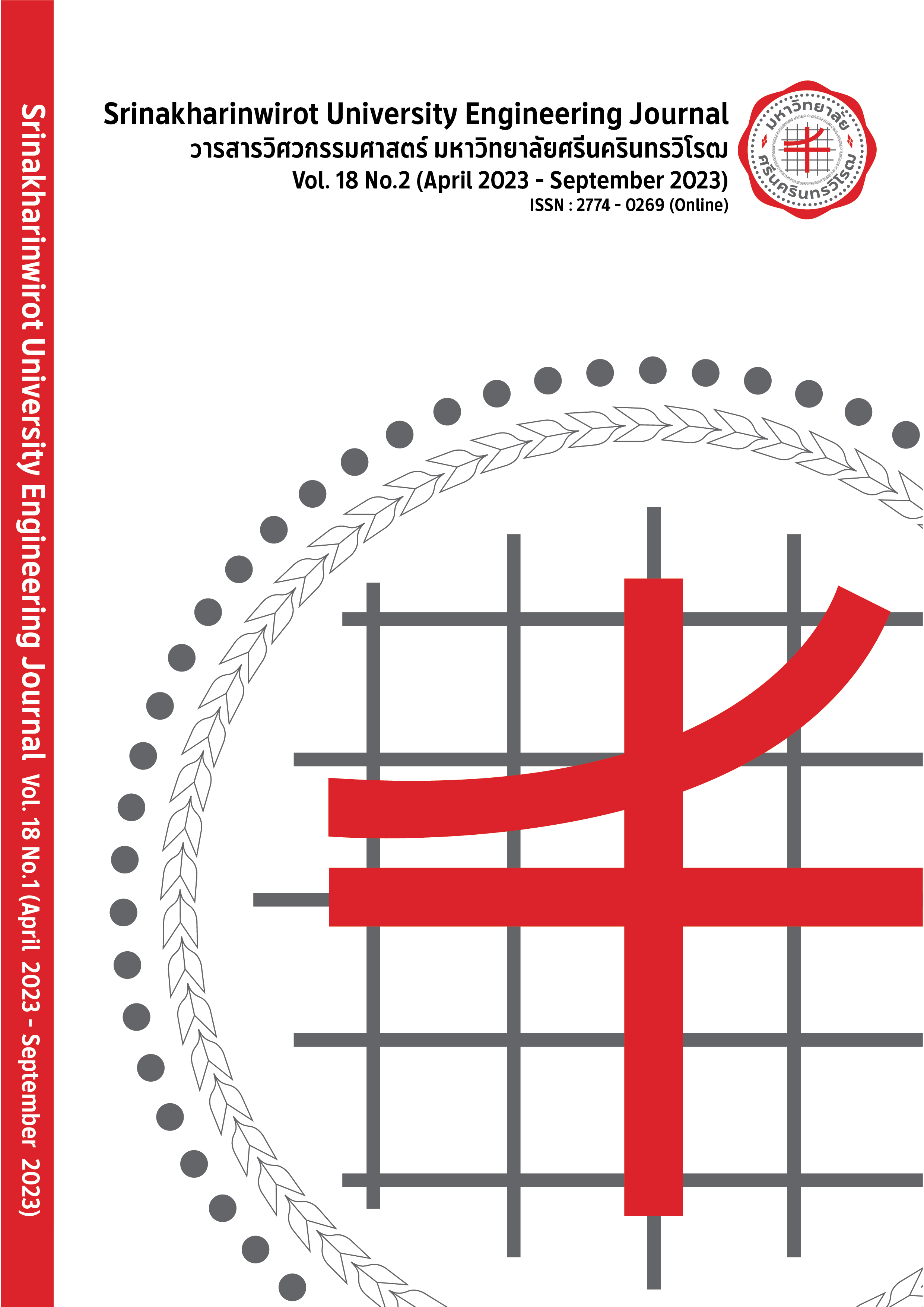The Parameters Optimization for Spot-welding of 6061-T6 Aluminum Alloy in Automotive Industry
Main Article Content
Abstract
The research objective is to determine optimum parameters for spot-welding in the automotive industry. At present, the auto body industry is facing the problem of spot-welding, in regard to spot welding parameter setting to achieve welds quality the production generally uses the experience of trial and error of the technician. The skill of technicians in adjusting parameters but the value used for welding is not always the ideal value. Adjusting the parameters for each machine is also difficult. There is also a complex factor involved in welding is current, force and time of welding etc. Therefore, from such problems. The research operator has studied the theory to understand the relationship of parameter adjustment in the spot-welding process. To create a set of spot-welding operations and perform experiments for optimal parameters. We can increase performance by designing a 2k level factorial experiment k = 3 factors: current, time, pressure.
Experimental results of spot-welding, when the specimen is put to the shear tensile test it was compared with the standard of international vehicles from JIS Z 3140 standard. Shear tensile strength of aluminum alloy with a thickness of 1.00 mm, minimum 0.62 kN and the average value was 0.92 kN. The most suitable for spot-welding are the current at 17.50 kA, time 200 ms and the pressure at the electrode head 591.50 deka N, the mean shear tensile strength of 2.76 kN is the strength of the weld.
Article Details

This work is licensed under a Creative Commons Attribution-NonCommercial-NoDerivatives 4.0 International License.
Copyright belongs to Srinakharinwirot University Engineering Journal
References
S. Chantasri, P. Yampuern and K. Kimapong, “A Study of Resistant Spot Welds Properties between AA1100 Aluminum Alloy and SGACD Zinc Coated Steel”, Department of Industrial Engineering, Faculty of Engineering, Rajamangala University of Technology Thanyaburi, 2555.
P. Chutima (2545). Design of Experiment (DOE)”, Academic Resources, Chulalongkorn University, 2545.
C. Seekeawsiew (2555). Design of Experiment : DOE [Online]. Avaliable : http://www.geocities.ws/chalong_sri/why_DOE.htm.
T. Alanchai and K. Sonthipermpoon, T. Arunchai, K. Sonthipermpoon, P. Apichayakul and K. Tamee, “Resistance Spot Welding Optimization Based on Artificial Neural Network”, International Journal of Manufacturing Engineering, vol. 2014, Article ID154784.
P. NA. Ayutthaya and P. Learunpaiboon, Design and Analysis of Experiment, Top Publishing, 2551.
C.Z Syn, M. Mokhtar, C.J. Feng and Y. H.P. Manurung, “Approach to prediction of laser cutting quality by employing fuzzy expert system”, Expert Systems with Applications, Vol. 38, Issue 6, pp. 7558-7568, June 2011.
R.S. Florea, K.N. Solanki, D.J. Bammann, J.C. Baird, J.B. Jordon and M.P. Castanier, “Resistance spot welding of 6061-T6 aluminum: Failure loads and deformation”, Materials & Design, vol. 34, pp. 624-630, 2012.
J. HIRSCH, “Recent developments in aluminum for automotive applications”, Transaction of Nonferrous Metals Society of China, vol. 24, Issue 7, pp. 1995-2002, 2014.


